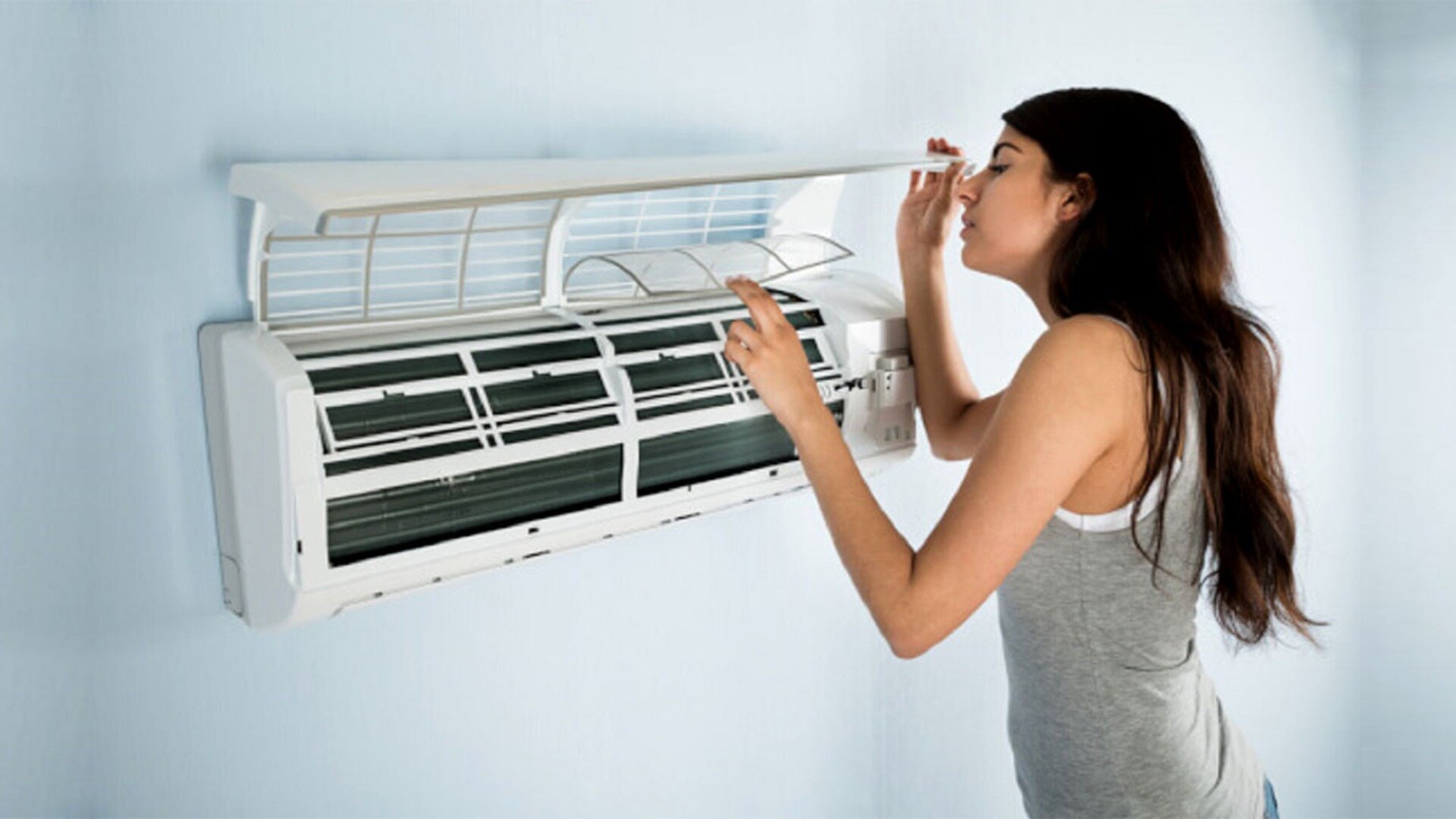
At Enersol, our air conditioning services help diagnose and repair cooling issues across the Gold Coast. Has your air conditioner lost its cool touch, leaving you sweltering instead? As the heat soars, a lackluster AC can be a real bother. Thankfully, with some straightforward troubleshooting and maintenance, you can often tackle these cooling hiccups.
An air conditioner that does not cool properly is usually caused by a handful of common problems, such as refrigerant leaks, clogged coils, electrical faults, and worn parts. Learn more about benefits of ducted air conditioning systems. Identifying the specific issue affecting your AC will allow you to get it repaired and blow chilled air again.
This article will cover the typical causes when an air conditioner stops cooling efficiently. You’ll learn how to diagnose problems like low refrigerant or frozen coils. We’ll provide actionable tips to restore cooling capabilities, from cleaning filters to replacing faulty components. With the proper repairs, you can cost-effectively get your air conditioner working like new again.
Keep your cool—these AC troubleshooting steps will have you relaxing in icy comfort once more. Let’s explore why your unit might not blow cold air properly and how to fix it.
Why Your AC Stops Cooling Properly
Your air conditioner’s cooling power can wane due to several usual suspects. By knowing the typical offenders, you can more easily identify and fix your AC’s problems. Let’s dive into some of the common causes that might be affecting your unit’s performance.
Low Refrigerant Levels
Your AC relies on refrigerant to transfer heat and keep things cool. Leaks leading to low refrigerant can really hamper its cooling powers. While a top-up might help temporarily, fixing the leak is crucial. Keep an eye out for higher bills, longer cooling times, and warm air as signs of this issue.
Clogged Air Filter
A dirty, clogged air filter blocks proper airflow over the AC coils and compressor, resulting in overheating and poor performance. Replacing the filter allows air to flow freely again for adequate heat transfer and cooling. Check filters each month and change them when they are dirty.
Blocked Evaporator Coil
The evaporator coil absorbs heat from your home’s air to provide cooling. If dirt, dust, and debris accumulate on the coil, it cannot transfer heat effectively, leading to warm air being blown into your home. Cleaning the evaporator coil can restore cooling capabilities.
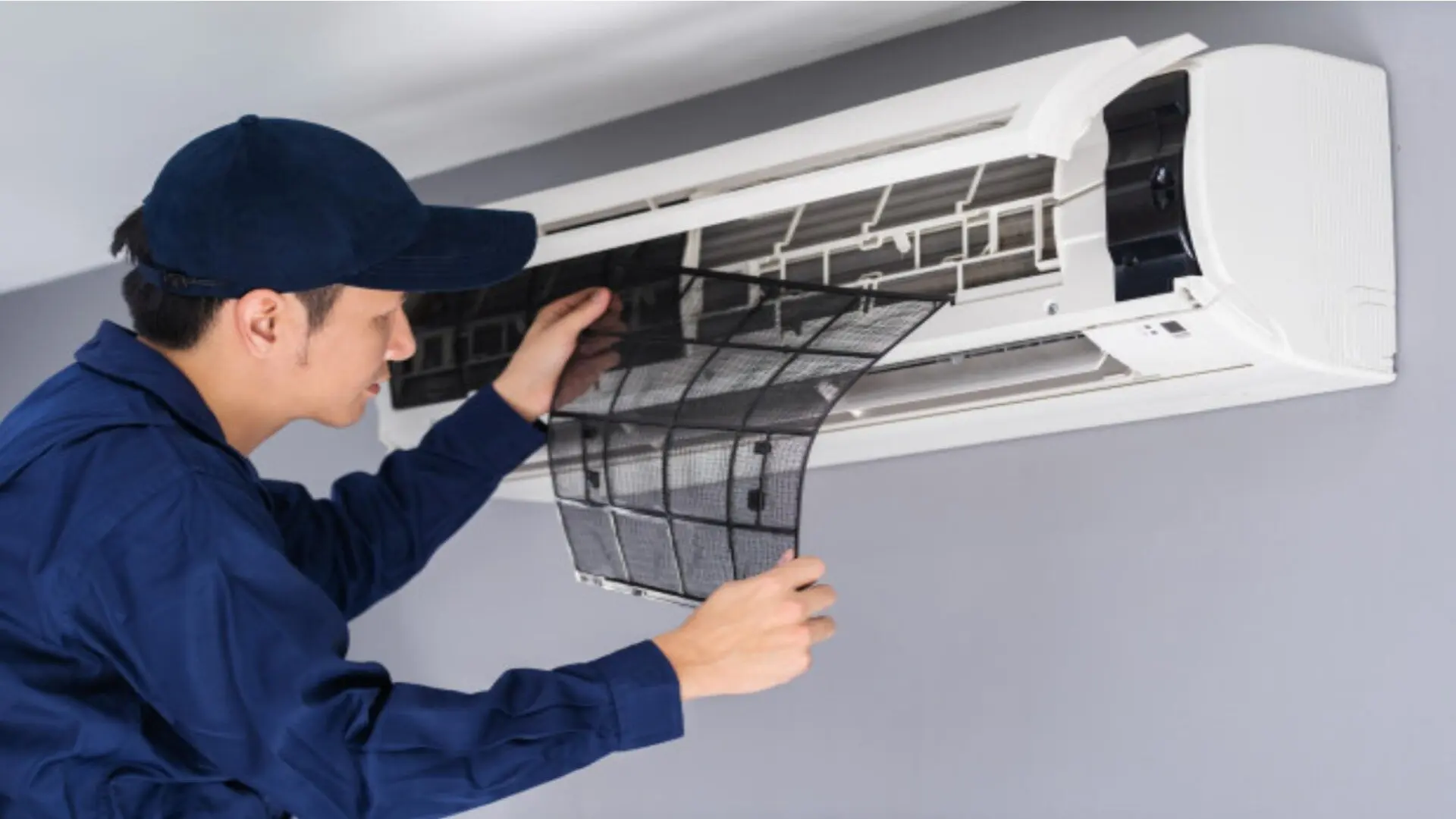
Faulty Compressor
The compressor pumps refrigerant through the AC system. If it is broken or worn out, cooling will be diminished. Warning signs are loud noises, failure to turn on, and coils not getting cold. Replacing a bad compressor is needed for the unit to work correctly.
Electrical and Wiring Issues
Problems with electrical controls, capacitors, wiring and connections can prevent proper operation. If frequently tripped breakers burn fuses or control board errors occur, have an HVAC technician diagnose any underlying electrical faults disrupting cooling.
Frozen Coil and Lines
Deficient refrigerant levels can cause the coils and lines to freeze. As ice builds up, refrigerant flow and air delivery are restricted, resulting in warm air. To cool the system, defrosting and recharging it with refrigerant are usually required.
Improper Airflow
Blocked vents, dirty blower fan blades, and incorrectly sized ductwork reduce critical airflow. This results in inefficient cooling, dead zones, and stuffy air. Inspecting ducts and fans for obstructions, dirt, and sizing issues can get air flowing correctly again.
Signs of an Under-Cooling AC
You might notice your air conditioner isn’t cooling properly if the air feels warm or just slightly cool even when it’s running. There are several signs that give away inadequate cooling.
Other signs include the indoor central air conditioning system needing to run constantly or for longer periods to reach the set temperature, higher-than-normal humidity levels in your home, spikes in your electricity bills from increased runtime, and lack of cold air or condensation at the indoor air quality unit. You may also notice new sounds like clunks, grinds, or buzzing, indicating a mechanical problem.
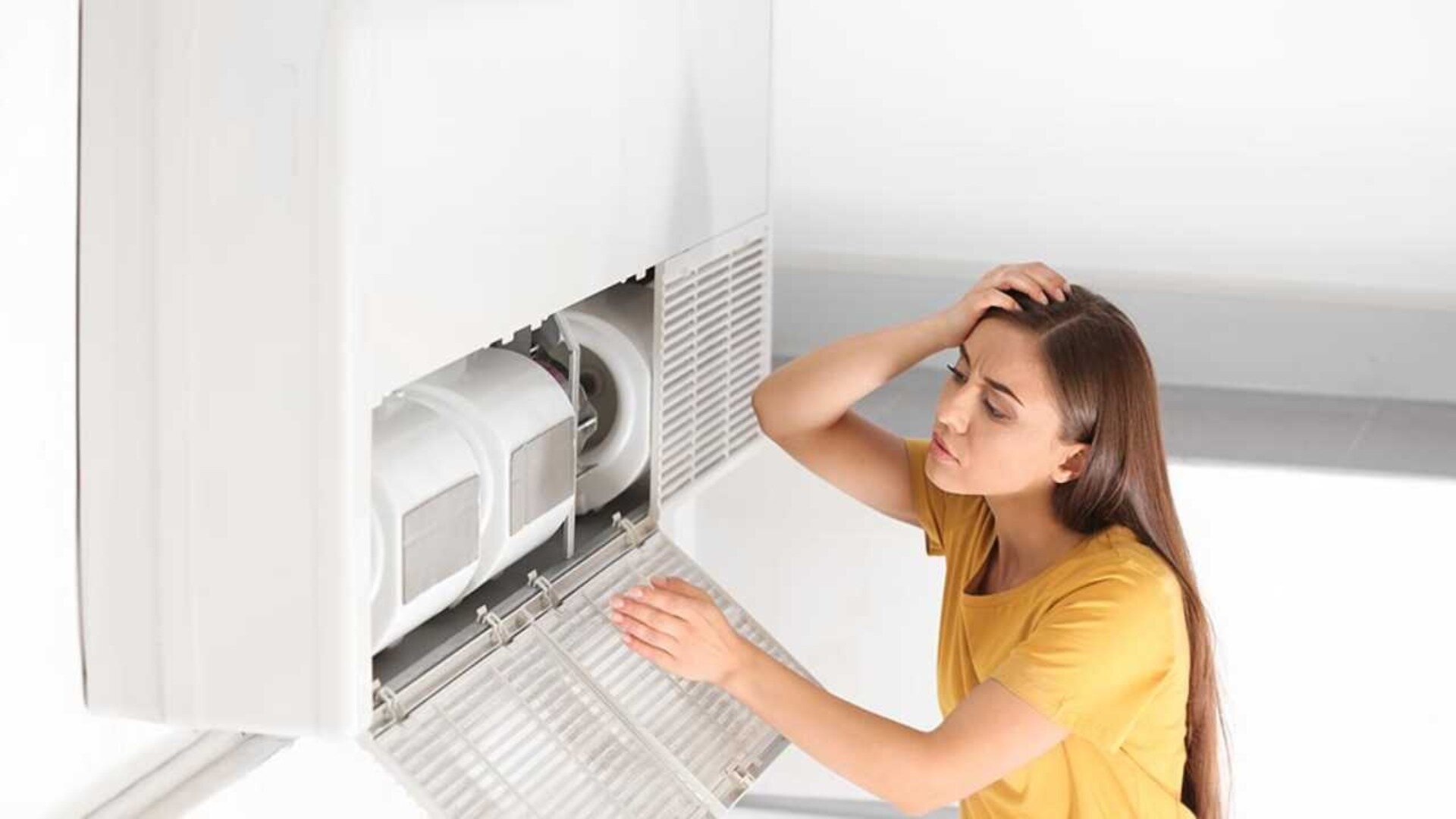
If puddles of water start forming near indoor vents, the evaporator coil is likely icing up due to low refrigerant. Paying attention to these warning signs of insufficient cooling will prompt you to diagnose the issue promptly before damage or costly repairs occur.
How to Diagnose the Issue
Figuring out why your air conditioner is underperforming is key to resolving the issue. There are several troubleshooting measures you can take to diagnose the problem accurately.
Check Refrigerant Levels
Using pressure gauges on the high and low sides, check that the refrigerant is in the normal range. If it’s low, top it off and check for leaks. Proper refrigerant levels are essential for heat transfer and cooling.
Change the Air Filter
Even if it looks clean, change the filter. Adequate airflow is needed for the AC system to operate efficiently.
Clean the AC Coils
Use a coil cleaner or gentle spray to clean debris and dirt off the condenser and evaporator coils. Clear coils allow proper heat dissipation and absorption.

Test Capacitors and Connections
When powering off, check capacitors with a multimeter for issues. Inspect fuses, wiring, and connections for burnout. Electrical faults disrupt cooling.
Measure Vent Air Temperature
Using digital thermometers, compare the temperature of air going into the return vent versus air coming out of supply vents. A proper delta T indicates good heat removal.
Assess Airflow Restrictions
Check vents and ducts for closed registers, kinks, or dirt buildup that are blocking airflow. Proper airflow is key to efficient operation.
Methodically checking each component can determine what prevents sufficient cooling. This lets you target the repair needed for your AC unit to blow cold air again.
DIY Repairs That Get Your AC Cooling Again
Basic DIY troubleshooting and repairs can fix many common air conditioner cooling issues. Simple tasks like cleaning the condensate drain line, changing air filters, removing debris blocking the outdoor unit, washing dirty coils, and ensuring open vents can improve cooling.
Tightening loose refrigerant fittings to stop leaks and recharging low refrigerant levels can also restore cooling capacity. Electrical repairs like replacing bad start or run capacitors, blown fuses or faulty contactors are inexpensive fixes handy homeowners can do.
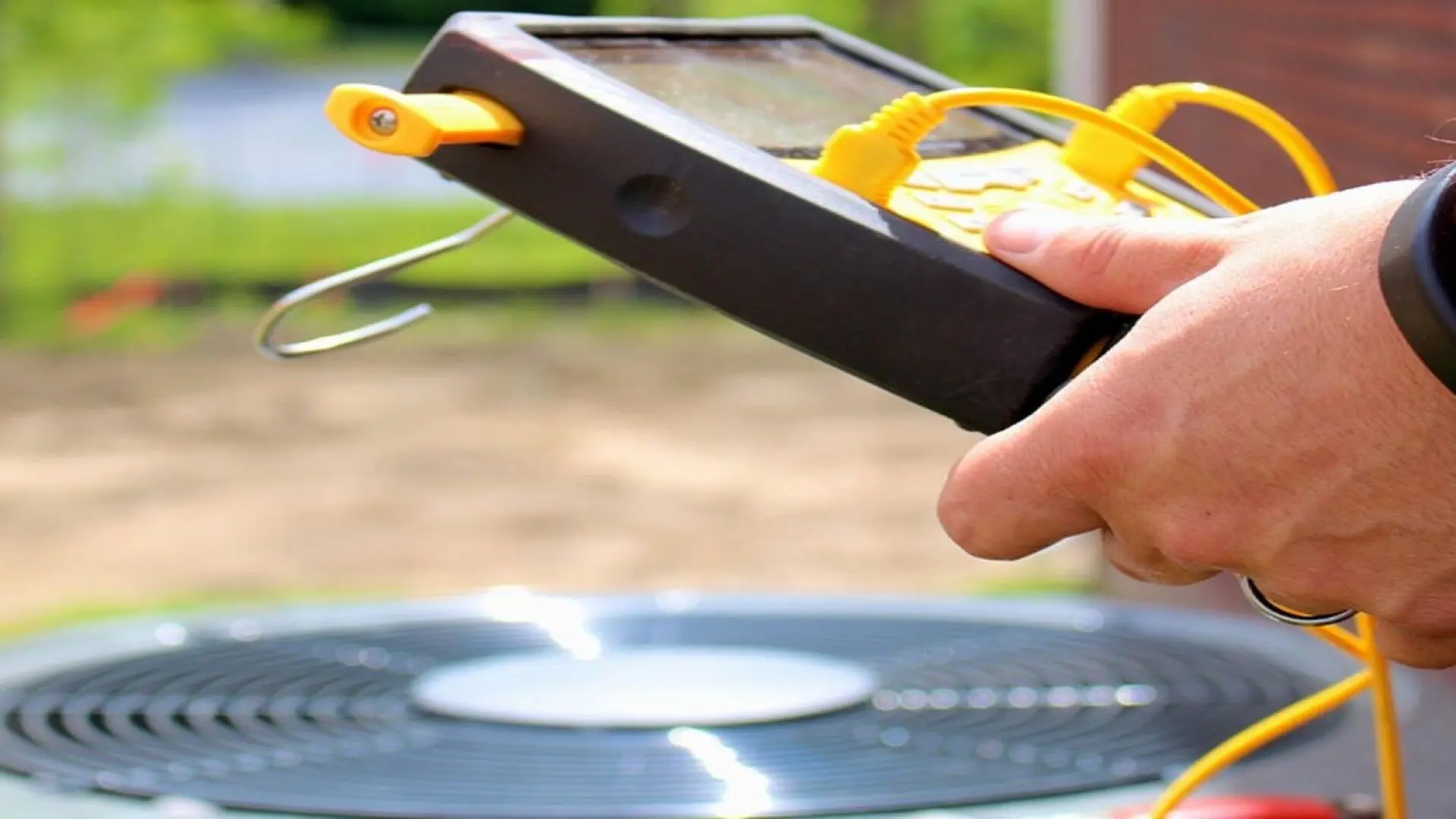
Installing a hard start kit helps struggling compressors work efficiently again. Adjusting blower speed, straightening bent fins, and insulating ducts also help ACs blow cold air. If it isn’t blowing cool air, you should check the thermostat setting to ensure it has been correctly configured. Homeowners can resolve insufficient cooling problems and avoid costly technician service calls with essential tools and mechanical skills.
When to Call a Professional
Although you can tackle many AC issues yourself, sometimes it’s wise to bring in a professional HVAC technician. If you’ve tried diagnosing the problem but still feel uncertain, an expert’s advanced testing and troubleshooting can pinpoint the root cause.
For refrigerant leaks in difficult-to-access areas or worries handling refrigerant, rely on a certified pro. Major repairs like compressor, coil or circuit board replacement require specialised skills and tools.
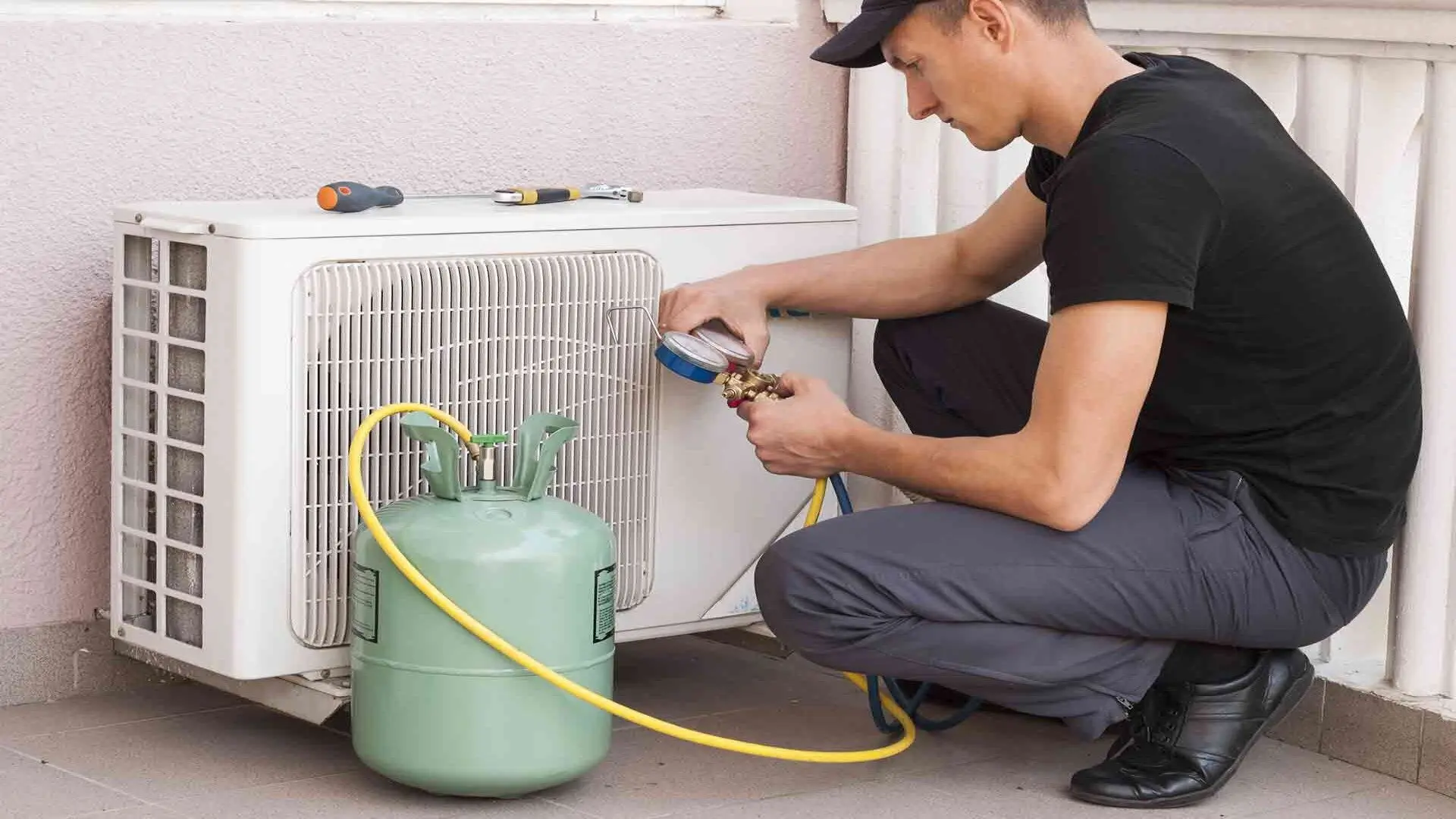
Extensive ductwork modifications, sizing issues, or large blocked drainage lines require a contractor. Professionals have advanced equipment to test components and flush systems thoroughly. If DIY efforts haven’t resolved the cooling problems, don’t hesitate to hire an HVAC company to get your system performing optimally again. If all else fails, it’s time to replace your AC unit.
Preventing Future Cooling Issues
Routine maintenance is vital in preventing the recurrence of air conditioner cooling problems. To maintain airflow, replace air filters monthly. Have an HVAC technician service the system annually to check refrigerant levels, lubricate parts, inspect belts or motors, and clean coils.
Keep debris and vegetation clear of the outdoor unit. Install fencing to prevent damage to condenser coils from yard hazards. Ensure drainage lines remain clear to prevent clogs. Trim bushes to prevent them from blocking airflow around the condenser.
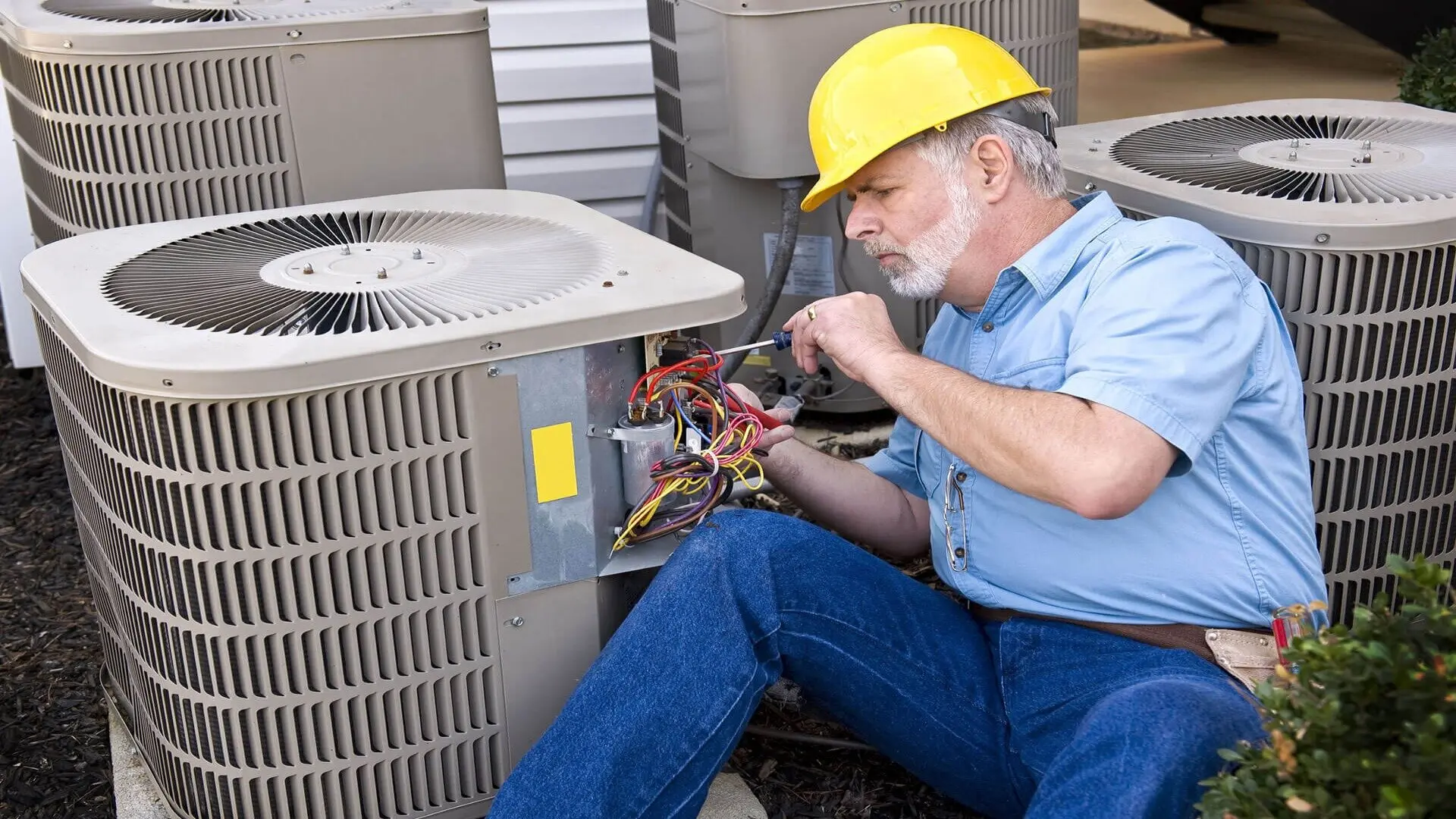
Use a surge protector to avoid electrical damage. Avoid putting the system under excessive load by managing heat sources like lights, appliances and occupants. With proactive care and maintenance, you can optimise your AC’s performance and cooling capabilities for the long run.
Get Your Unit Cooling Right
Dealing with an air conditioner that’s not cooling properly can be frustrating, but identifying the issue is the first step in restoring your AC’s chilly cooling abilities. Insufficient cooling can often be resolved with simple maintenance and DIY repairs to get your unit blowing crisp, cold air again. But if you need professional help, don’t hesitate to call the experts at Enersol Electrical.
Our skilled HVAC technicians have the advanced tools and knowledge to diagnose any cooling problem and optimise your system. Trust us for a complete AC tune-up or necessary repairs. We want to ensure you are comfortable and energy-efficient all summer long. Contact Enersol Electrical today for professional service and advice on getting your underperforming air conditioner to cool your home again. Stay cool!